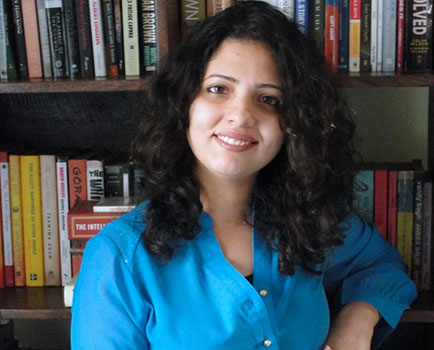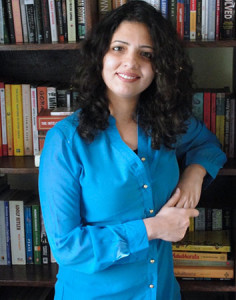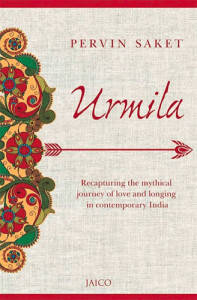

Is there any reason why you needed to draw inspiration from the background mythological source for the book?
I was moved and inspired by Urmila’s sense of rejection and loneliness but for me, I think it is incidental that she belongs to a mythological story. Urmila could have been a forgotten wife from a Shakespearean play or a Victorian novel and she would have still spoken to me. I believe it has something to do with her silence. I remember that even as a child reading tales of heroes and larger than life characters, I was always drawn to the marginal people who may be present in only a single scene or have just two lines. I often wondered: how would this foot soldier tell this story or how would that servant be affected by this decision?
Added, with a narrative like the Ramayana that has so much to say about good and evil, about the ideal man, the ideal woman, the ideal king, in a narrative which is not just descriptive but is believed to be prescriptive, it is even more crucial that we examine not just what it says, but also what it leaves out. And this is the space that Urmila occupies and I am drawn towards. The margins, the footnotes, the silences.
You also have a poem ‘Urmila Asked A Question’. What is it about Urmila that interests you?
I’ve often questioned my own fascination with Urmila because she’s a very different person from the kind of heroine who would inspire me; if she had been a neighbour, I might have even found her quite passive and conservative! At the same time, I am drawn to silence. I find that in social gatherings also, I tune out the talk and listen to the silent person in the room. And I’m quite convinced that speech, discussion, music, noise – these are actually background; the foreground, the little bursts that actually mean anything, is silence. This perspective finds its way into my reading as well, and probably explains why I find my themes and concerns reflecting in the silent or silenced stories of a character like Urmila.
She inspired me to explore the raw rejection of a woman whose husband chooses to follow his brother instead of remaining with her – although he was not compelled to leave the house. It was not even a decision that agonised her husband; his default orientation was always towards the older brother. This complete and clear rejection got me to work on her narrative, first as a short story, then as a poem and finally through a novel. At the same time it is a contemporary story set in Mumbai and Dubai because the idea was not just to question the husband’s decision but also our current social and cultural landscape that applauds this devotion without considering that it in effect, a desertion of his wife.

by Pervin Saket
Gyaan Adab Centre
